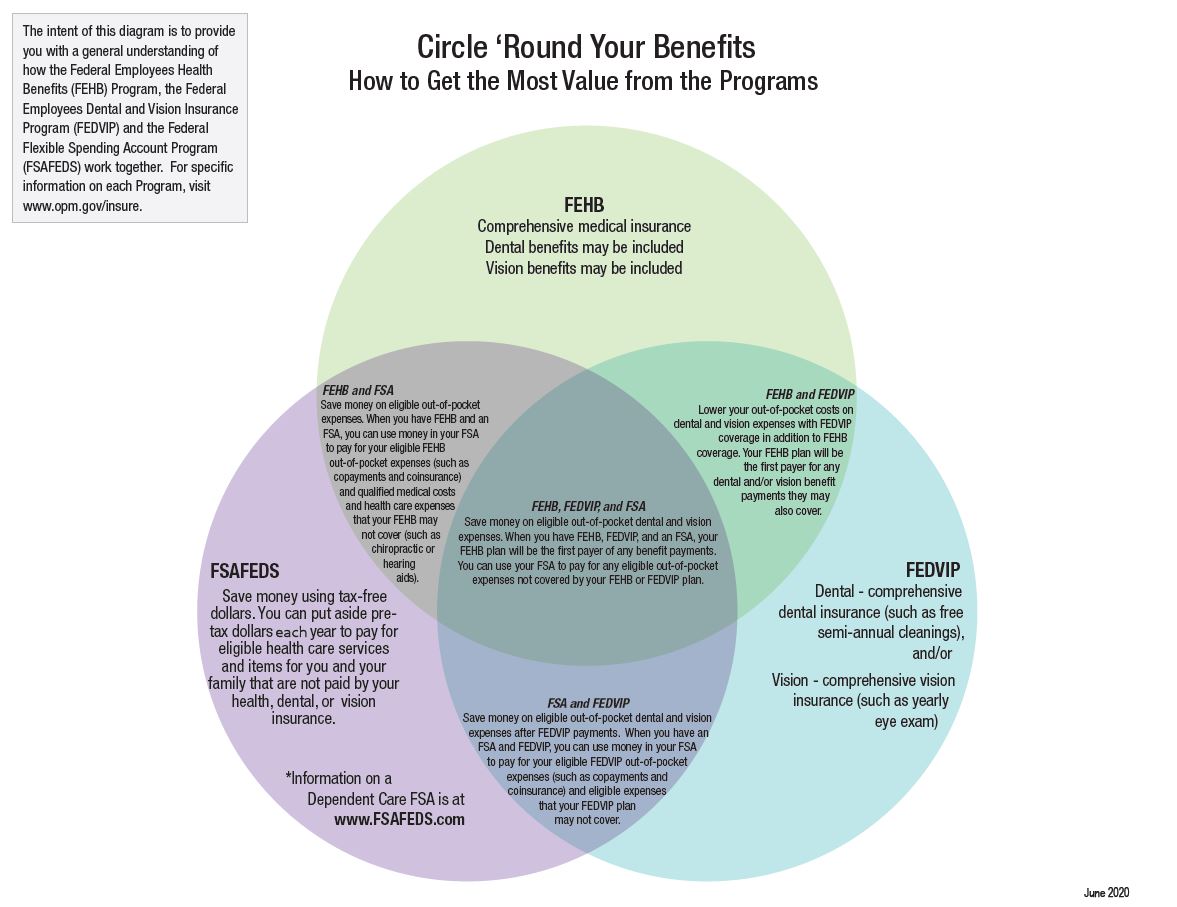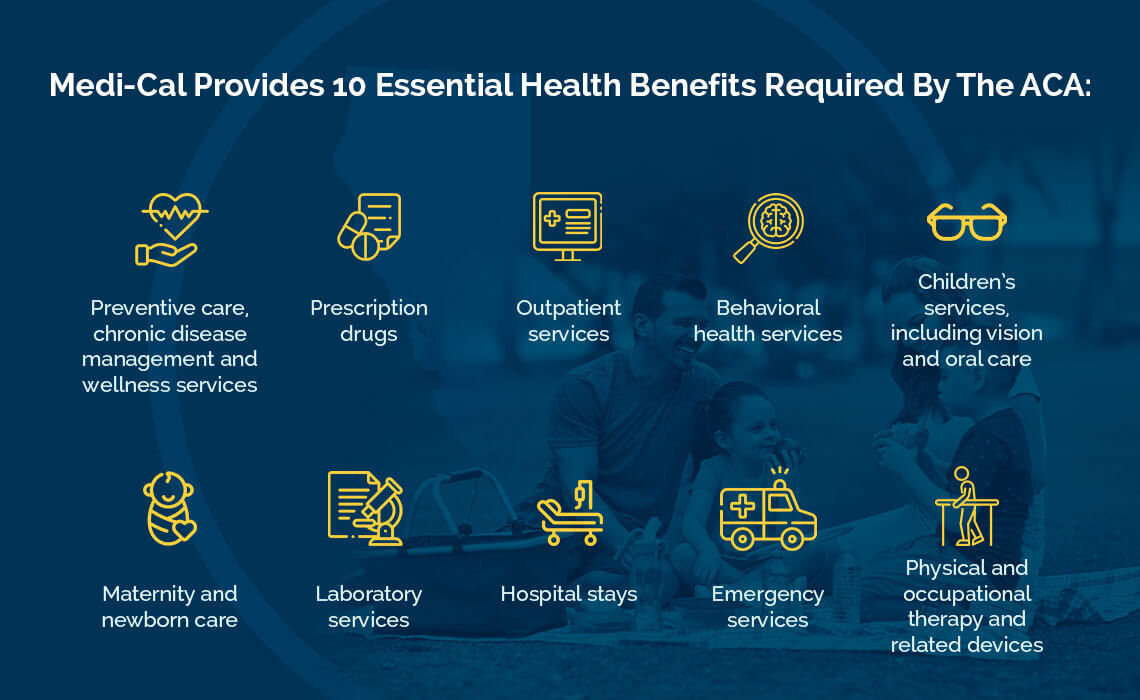Not known Details About Medicare Advantage Agent
The Buzz on Medicare Advantage Agent
Table of ContentsMedicare Advantage Agent for BeginnersThings about Medicare Advantage AgentSome Ideas on Medicare Advantage Agent You Need To Know
:max_bytes(150000):strip_icc()/types-of-employee-benefits-and-perks-2060433-Final-edit-60cedb43c4014fdeb51aa3cd3c25f027.jpg)
follows from perplexing the fairly young age account of the without insurance with the better wellness, typically, of younger individuals. This obscures the web link between wellness condition and health insurance policy. For those without access to office health and wellness insurance, bad health is a prospective obstacle to buying nongroup insurance coverage because such insurance coverage may be extremely valued, exclude pre-existing conditions, or be just inaccessible. The number of without insurance Americans is not particularly large and has not transformed recently. Seven out of 10 participants in a country wide depictive survey believed that less Americans lacked health and wellness insurance than actually do(Fronstin, 1998). Approximately half(47 percent )believed that the number of individuals without health insurance coverage decreased or stayed consistent over the last half of the last decade(Blendon et al., 1999). This decrease of nearly 2 million in the variety of people 'without insurance coverage (a reduction
of about 4 percent)is absolutely a favorable change. With a softer economy in 2000 the most current reported gains in insurance policy protection might not proceed(Fronstin, 2001 ). The decrease in the number of uninsured will not proceed if the economic situation remains sluggish and health and wellness treatment expenses remain to exceed rising cost of living. This is due to the fact that the information were accumulated for a duration of strong economic efficiency. Of the estimated 42 million people that were uninsured, just about regarding 420,000(regarding 1 percent)were under 65 years of age, the age at which most Americans end up being eligible for Medicare; 32 million were adults in between ages 18 and 65, around 19 percent of all grownups in this age team; and 10 million were kids under 18 years of age, regarding 13.9 percent of all kids (Mills, 2000). These quotes of the number of persons uninsured are generated from the annual March Supplement to the Existing Populace Survey (CPS), carried out by the Census Bureau. Unless otherwise kept in mind, nationwide estimates of individuals without wellness insurance policy and percentages of the population with different kinds of insurance coverage are based upon the CPS, the most extensively made use of source of estimates of insurance protection and uninsurance rates. These studies and the estimates they yield are defined briefly in Table B. 1 in Appendix B - Medicare Advantage Agent. These surveys vary in size and tasting methods, the concerns that are inquired about insurance policy
Some Known Questions About Medicare Advantage Agent.
protection, and the moment period over which insurance policy coverage or uninsurance is gauged(Lewis et al., 1998, Fronstin, 2000a ). Still, the CPS is particularly valuable since it generates annual quotes reasonably swiftly, reporting the previous year's insurance policy coverage estimates each September, and due to the fact that it is the basis for a consistent set of price quotes for more than 20 years, permitting evaluation of trends in protection with time.

The Definitive Guide for Medicare Advantage Agent
Over a three-year period starting early in 1993, 72 million people, 29 percent of the united state populace, lacked coverage for at the very least one month. Within a solitary year(1994), 53 million people experienced at the very least a month without insurance coverage(Bennefield, 1998a). 6 out of every 10 uninsured grownups are themselves utilized. Functioning does improve the chance that one and one's family participants will have insurance coverage, it is not a warranty. Also members of family members with two permanent breadwinner have nearly a one-in-ten chance of being uninsured (9.1 percent without insurance price)(Hoffman and Pohl, 2000 ). The connection in between health insurance coverage and access to care is well developed, as recorded later in this chapter. Although the relationship between wellness insurance coverage and health and wellness outcomes is neither direct nor straightforward, a comprehensive professional and health services research study literary works web links medical insurance coverage
to enhanced access to care, much better top quality, and boosted individual and population health status. For instance, the 2nd report, on personal health outcomes for uninsured grownups, is represented by the innermost circle of the figure, while the 3rd record, on household wellness, includes the subjects of the second record however highlights a different device of evaluation, specifically, the household. The sixth record in the series will certainly provide information concerning methods and efforts carried out in your area, statewide, or country wide to deal with the absence of insurance policy and its unfavorable impacts. Degrees of analysis for checking out the impacts of uninsurance. This conversation of health and wellness insurance coverage concentrates primarily on the united state population under age 65 since essentially all Americans 65 and older have Medicare or various other public protection.
Additionally, it focuses particularly on those without any type of medical insurance for any length of time. The issues dealt get redirected here with by the underinsured remain in some aspects Click This Link similar to those dealt with by the uninsured, although they are typically less severe. Uninsurance and underinsurance, however, entail distinctly various plan problems, and the approaches for resolving them might vary. Throughout this research study and the five reports to adhere to, the major emphasis gets on persons with no health insurance and hence no aid in spending for healthcare past what is readily available via charity and safeguard institutions. Wellness insurance is a powerful factor impacting receipt of care because both patients and medical professionals reply to the out-of-pocket cost of services. Wellness insurance policy, nevertheless, is neither necessary neither adequate to access to medical solutions. However, the independent and direct result of health and wellness
insurance protection on access to wellness services is well developed. Others will get the healthcare they need also without medical insurance, by paying for it expense or seeking it from companies that provide treatment free or at highly subsidized prices. For still others, wellness insurance alone does not make sure invoice of care due to other nonfinancial obstacles, such as a lack of healthcare carriers in their neighborhood, limited access to transportation, illiteracy, or linguistic and social distinctions. Official research regarding without insurance populations in the United States dates to the late 1920s and very early 1930s when the Board on the Expense of Medical Care created a collection of records about financing medical professional office check outs and hospital stays. This issue ended up being prominent as the varieties of clinically indigent climbed during the Great Anxiety. Empirical research studies consistently support the link between accessibility to care and boosted health outcomes(Bindman et al., 1995; Starfield, 1995 ). Having a regular source of care can be thought about a forecaster of accessibility, instead of a straight action of it, when health outcomes are themselves used as access indicators. This extension of the notion of access dimension was made by the IOM Board on Monitoring Accessibility to Personal Healthcare her latest blog Provider(Millman, 1993, p. Whether parents are guaranteed shows up to impact whether or not their children receive treatment along with just how much careeven if the kids themselves have protection(Hanson, 1998). The health of parents can affect their capacity to look after their kids and the degree of family stress. Fretting about their children's accessibility to care is itself a resource of anxiety for parents. Three phases comply with in this report. Phase 2 provides a review of exactly how employment-based health insurance, public programs and specific insurance coverage run and engage to offer comprehensive yet insufficient protection of the united state population. This consists of an evaluation of historical patterns and public laws impacting both public and private insurance policy, a discussion of the communications among the various sorts of insurance policy, and an exam of why people relocate from one program to another or wind up
